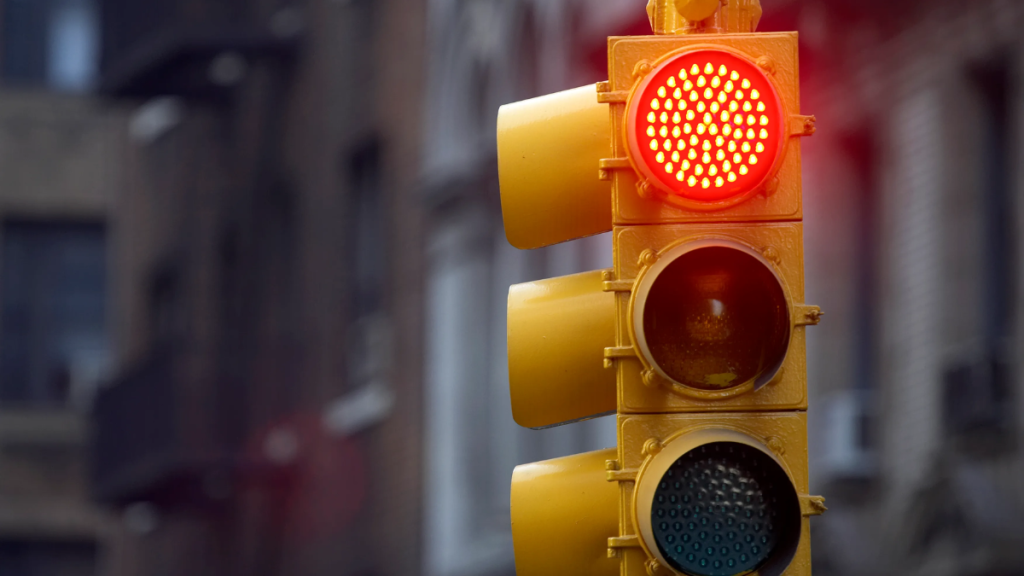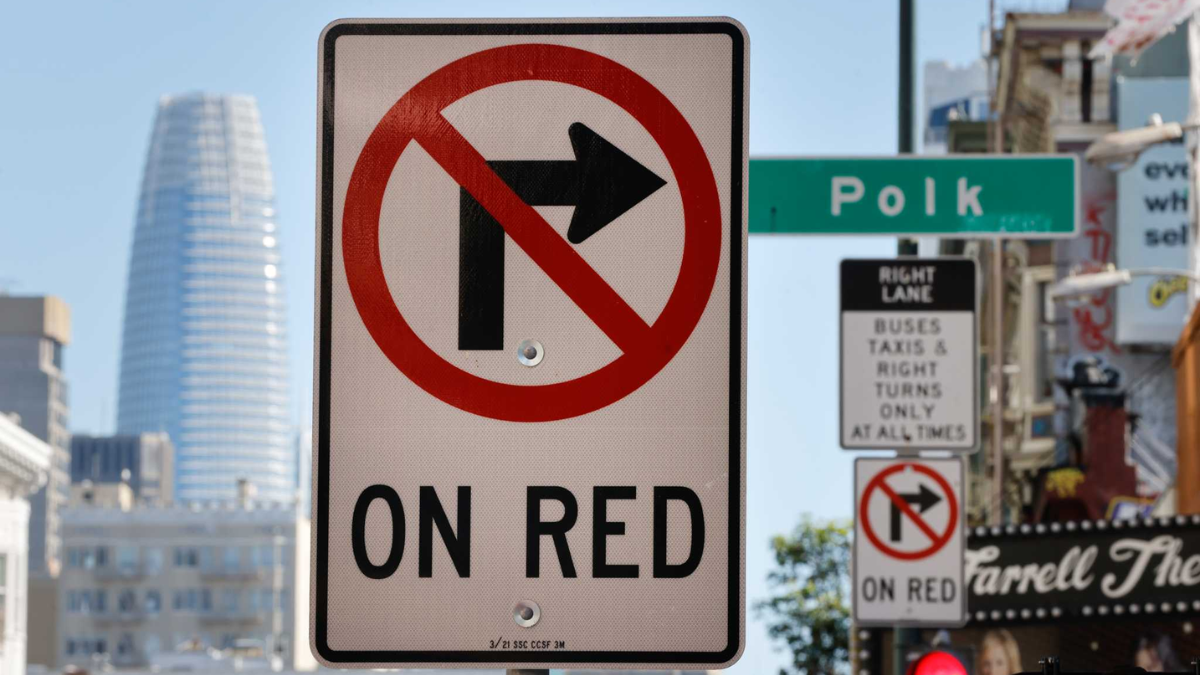WASHINGTON, D.C. — Red-light running remains a persistent and deadly issue across the United States, contributing to hundreds of fatalities and thousands of injuries each year. Despite widespread public knowledge about the risks, many drivers continue to run red lights—putting pedestrians, cyclists, and fellow motorists in harm’s way.
According to the Insurance Institute for Highway Safety (IIHS), in 2022 alone, 1,149 people died and over 107,000 were injured in crashes involving vehicles that ran red lights.
Of those killed, nearly half were pedestrians, bicyclists, or occupants of other vehicles struck by the offender. These numbers paint a grim picture of how one simple violation can lead to life-altering or fatal consequences. IIHS Red-Light Running Data
Public Attitudes and Driver Behavior
A 2023 survey conducted by the AAA Foundation for Traffic Safety revealed a concerning contradiction: while 83% of respondents believed red-light running was “extremely dangerous,” approximately 25% admitted to running a red light at least once in the past 30 days.
This gap between beliefs and actions reflects the ongoing challenge in promoting safer behavior at intersections.
Contributing Factors
Red-light violations occur for a variety of reasons, including:
- Driver impatience and speeding: Many drivers attempt to “beat the light,” accelerating through yellow and red signals.
- Distracted driving: Texting, GPS use, and other in-car distractions reduce reaction time.
- Impaired driving: Alcohol or drugs impair judgment and delay decision-making.
- Short yellow signal timing: In some areas, yellow light intervals are too short for safe stopping, which leads to more violations.
These behaviors are particularly dangerous at urban intersections and in school or pedestrian-heavy zones, where even a moment’s delay in braking can have fatal consequences.
Pedestrian Fatalities on the Rise
Pedestrians and cyclists are often the unintended victims of red-light running crashes. According to the Governors Highway Safety Association (GHSA), 3,304 pedestrian deaths occurred during the first half of 2024 alone—a 48% increase compared to a decade ago. A significant number of these fatalities took place at intersections.
Urban areas like New York City, Los Angeles, and Houston have seen increased efforts to protect pedestrians, including changes to signal timing and expanded use of red-light cameras.
Enforcement Strategies
To tackle this safety issue, state and local governments are implementing a range of enforcement and education strategies, including:
Red-Light Cameras
Studies show that red-light cameras are effective in reducing violations and saving lives. The IIHS found that cameras in large cities reduced the rate of fatal red-light running crashes by 21% and all types of fatal crashes at signalized intersections by 14%.
Increased Penalties
Some jurisdictions have implemented steeper fines and license points to discourage repeated violations. In New York, for example, red-light camera violations can result in fines of up to $150 for the first offense and much higher for repeat offenders.
Public Education Campaigns
Campaigns such as National Stop on Red Week, promoted by Verra Mobility, aim to raise awareness of the dangers of red-light running. These initiatives encourage drivers to be more cautious, especially in school zones and busy intersections.

Local Action: Texas Example
THE WOODLANDS, TEXAS — In April 2025, the Montgomery County Sheriff’s Office launched a focused operation to deter red-light violations in high-traffic areas. Over a four-day period, deputies stopped more than 100 drivers. While citations were issued, most drivers received educational materials on safe driving practices.
Sheriff Rand Henderson stated, “Our goal is not just to issue tickets but to prevent accidents. Education is our first line of defense.”
Legislative Updates
Several states are revisiting legislation to expand or regulate automated enforcement. In Nevada, lawmakers are currently debating a bill to authorize red-light cameras statewide. Supporters argue it’s a necessary tool to curb reckless behavior, while critics raise concerns about privacy and due process.
Other cities, such as Chicago and Washington, D.C., are analyzing intersection crash data to determine where automated systems would be most effective.
Future Safety Improvements
Experts recommend the following strategies to further reduce red-light running incidents:
- Longer yellow light durations, allowing more time for drivers to stop.
- All-red clearance intervals, where all directions have red lights to allow intersection clearing.
- Enhanced crosswalk visibility, such as flashing beacons or pedestrian-only signal phases.
These measures, combined with community engagement and technological enforcement, can create safer intersections across the country.
Conclusion
From New York to Nevada, red-light running remains a top road safety concern. Preventing these violations is a shared responsibility among drivers, policymakers, law enforcement, and communities.
With proper education, technology, and enforcement, the U.S. can make meaningful progress in reducing intersection-related injuries and deaths.
Disclaimer – Our team has carefully fact-checked this article to make sure it’s accurate and free from any misinformation. We’re dedicated to keeping our content honest and reliable for our readers.
